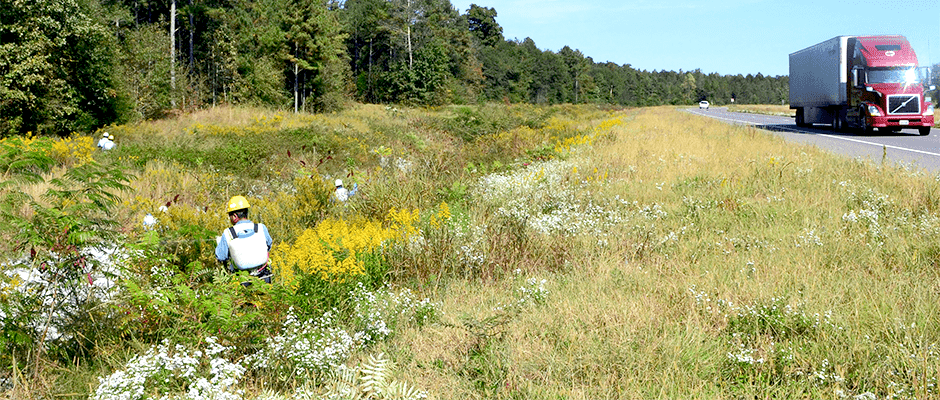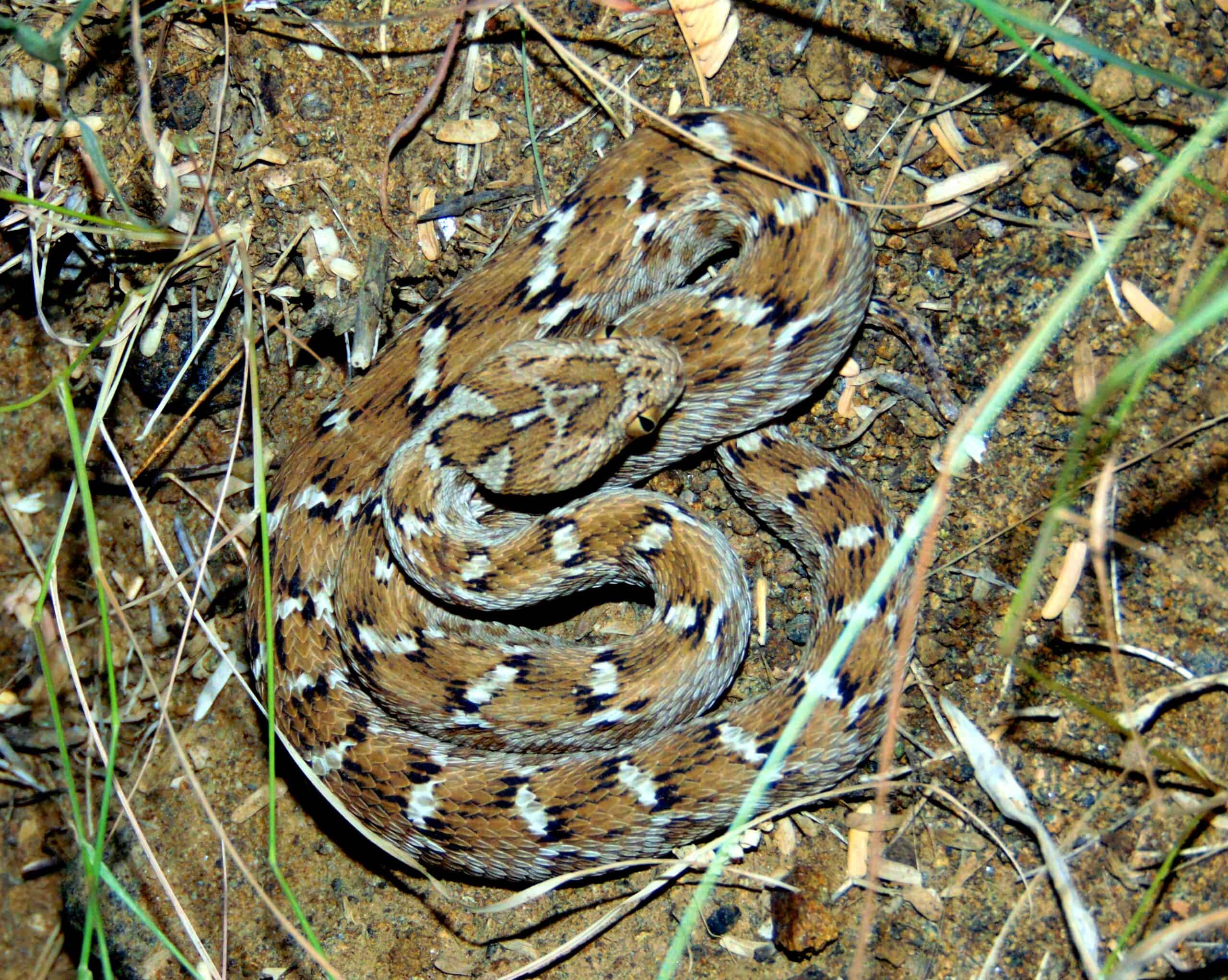Share this article
Ecosystem medicine: Effective integrated vegetation management
Early in my career as a utility forester, I recommended a broadcast treatment of wetland-approved herbicides on a stand of red maple trees growing under a high voltage electric transmission line to stop their growth before they made contact and caused a blackout of electric service. We followed this with a touchup selective herbicide treatment the next year, and upon my ground inspection of the results, I was surprised to find white fringed orchids (Platanthera blephariglottis) growing in place of the trees. I contacted the botanist from the State Heritage Program, who came out to look for himself. He told me they are finding that these rare plants can lie dormant for up to 150 years, waiting for some disturbance to control the dominant trees and allow their growth.
I subsequently learned that the Native American tribes of the Atlantic coastal plains used fire as a tool to drive and harvest game for the winter. This routine disturbance produced wetland meadows conducive to orchids and, in upland areas, a mixture of warm season grasses and wildflowers, or what we term “prairie.” Evidently, the herbicide treatments duplicated the effects of fire, controlling the trees and allowing the dormant sunlight-loving orchids to germinate.
This habitat restoration phenomenon has been repeated throughout the United States by the nonprofit corporation IVM Partners, which was launched in 2003. As president of this nonprofit, I act as a liaison between electric and natural gas utilities and government agencies, conservationists and universities. IVM Partners has worked with Bayer Bee Care on several projects, as our approach is a perfect complement to the Feed a Bee program, a major initiative to expand forage areas and habitat for pollinators across the country.
On a natural gas right-of-way in Tennessee, a partnership was formed with the Army Corps of Engineers whereby annual mowing was stopped and replaced with selective herbicide treatments. In one growing season, dominating cool season grasses and invasive plants were replaced by warm season grasses and forbs (flowering plants).
I provided a handout explaining integrated vegetation management (IVM) at an MP3 (managed pollinator protection plan) meeting that led to cooperation with University of Maryland research on landscaping to improve pollinator habitat along state highways. Highway mowing needs to be performed from the road edge to the swale to allow for sight distance safety, but mowing does not need to be performed all the way back to the fence line, simply because the state owns that land. I recommended that they simply stop mowing along the highway back slope and allow germination of the seed bank. Over 50 species of plants germinated!
We then trained backpack crews to selectively herbicide treat only the invasive plants and tall growing trees to allow continued growth of native grasses and wildflowers. Expensive planting of seed mixes and routine mowing are unnecessary; just a touchup selective herbicide treatment every few years is needed to keep the ecosystem growing healthy, our roadsides safe and beautiful, and ample nectar and pollen for our native bees and butterflies.
Bayer Bee Care is a Strategic Partner of The Wildlife Society.
Header Image: ©Bayer Bee Care









